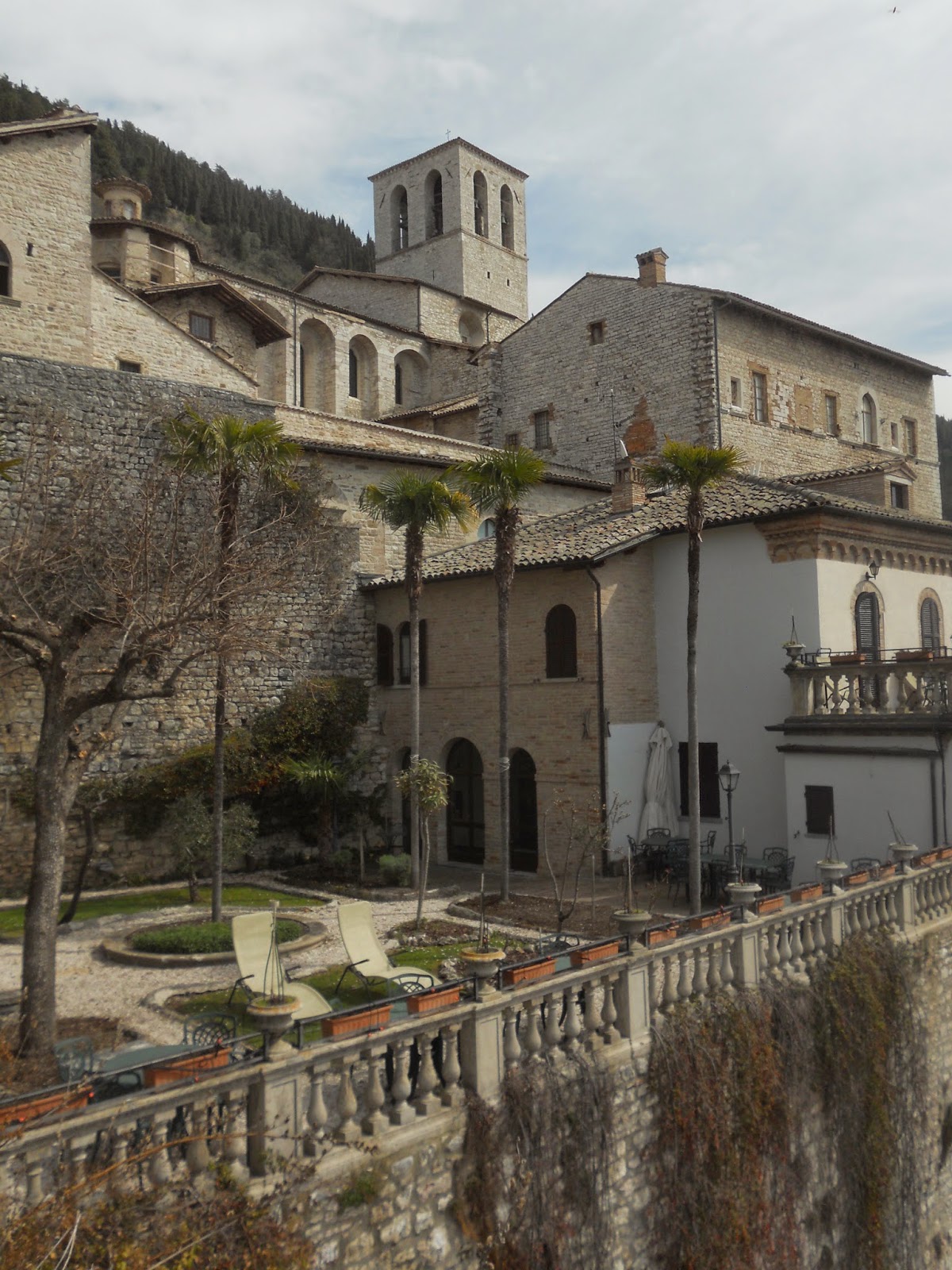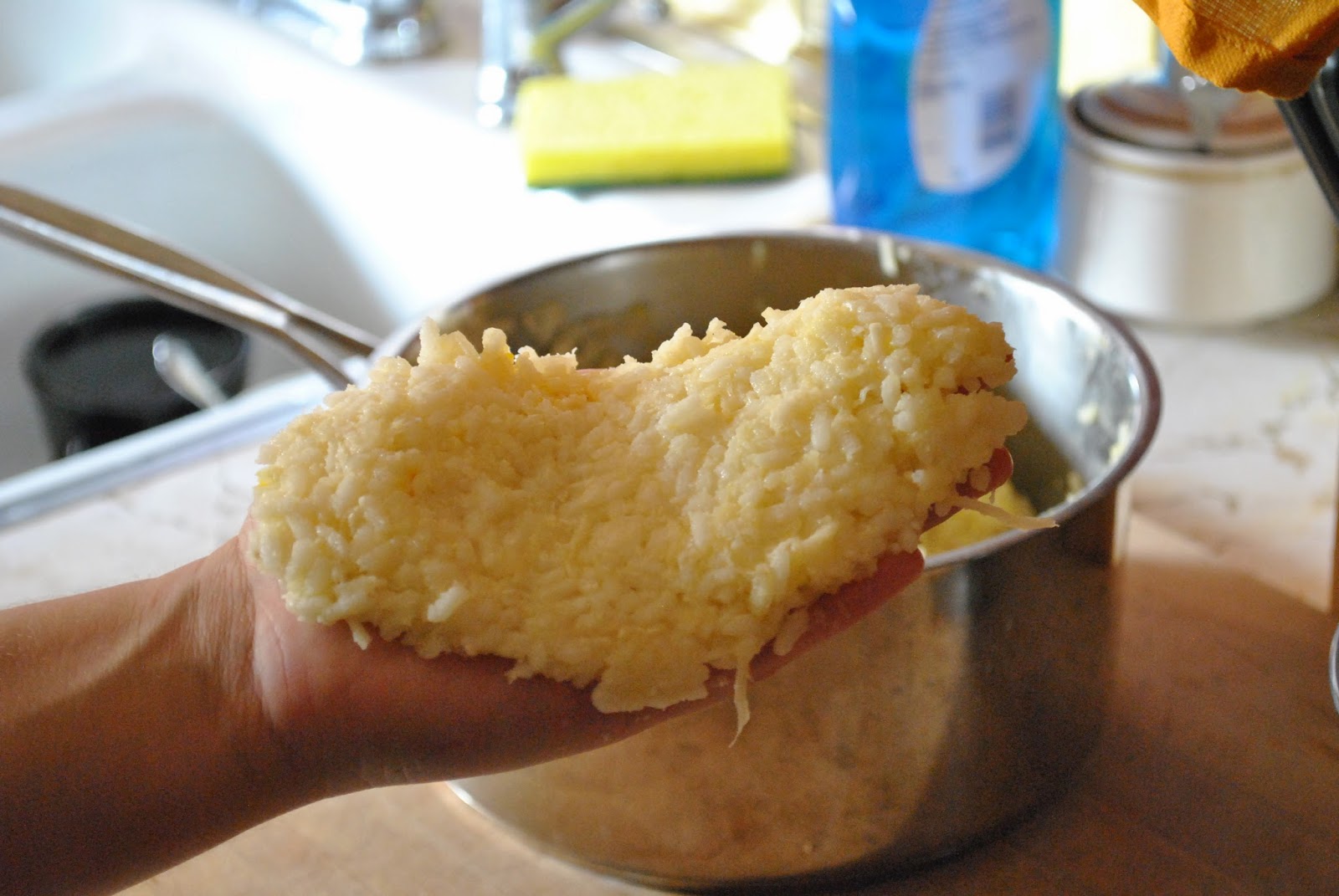Arancini - little oranges - are delicious fried balls of rice filled with various stuffing. We indulged in these delicious treats in roadside bars and on ferries in Sicily. These are a truly Sicilian dish. We first learned how to make these rice balls while in Siracusa, Sicily. The main types we would see on the road were filled with either: tomato based meat sauce, mozarella, and peas; or ham and cheese. The ones filled with tomato sauce were spherical, and the ham and cheese were egg shaped.
We always make arancini filled with ragu: homemade tomato sauce with ground beef, mozzarella, and peas. Here is how we make them.
Ingredients:
I have to admit that every time I make this the amounts I use for the finished product are never the same, and I always make too much filling. I will do my best to estimate the amounts I use, but it will not be perfect. I suggest you use your best judgement. These amounts will make around 10 arancini.
Filling
- Ground beef/lamb (300g/10oz)
- Onion (1 full onion)
- Garlic (3 cloves)
- Tomatoes(6-8 depending on size)
- Sweet peas (1 225g/8oz can - drained)
- Herbs (oregano, basil, whatever you like to put in your tomato sauce)
- Salt and pepper
- Mozzarella (1 fresh ball)
Rice Shell
- Rice (400g/14oz - 2 Cups) [It is best to use a short grained, Mediterranean rice like Arborio, Redondo, or Bomba. A rice that will not get starchy when cooked.]
- Parmesan (170g/6oz grated)
- Egg (2 eggs)
- Saffron (10 strands)
Fry Coating
- Egg (Start with 2, add more when needed)
- Bread crumbs (Have full container and add to plate as needed)
To make the filling:
Chop the onion and mince the garlic. Chop the tomatoes. I usually use ground beef, but lamb would also be delicious. Heat a pan on medium heat with a small amount of olive oil and when it is ready add the ground meat. Once cooked, drain the fat and add the onions and garlic. When the onion is translucent - but not yet browned - add the tomatoes. When the sauce is cooked down, add the peas, herbs, salt, and pepper.
**You will not want an overly moist sauce. A thicker sauce is preferred so the rice balls do not flatten out.
**Chop the mozzarella. Do not add the mozzarella to the sauce until it is cooled down. If you add it earlier, the cubes will melt. You do not want them to get gooey until you fry and bake the finished arancini.
To make the rice:
When Spaniards and - as far as I know - Italians make rice, they make it like they make pasta. Get a pot of water boiling, add salt, then add your rice. If the water starts foaming over, add a spoonful of oil to keep the water tension up and prevent over boiling. Check the rice after five minutes or so to see how well it is cooked. Cook the rice until it is "al dente". Firm, but cooked through - no dry, white center. Definitely not overly sticky or starchy. Like pasta, when it is fully cooked you put it through a strainer and remove the water.
When the rice is cooked and strained put it in a bowl and add the other ingredients: eggs, Parmesan, and saffron. Add the egg and cheese to the rice when it is still hot. You want the egg to thicken a little. Mix it together well. Let it completely cool and congeal a bit, so that it will stick together when you are making the outer structure of the arancini.
Forming the Arancini:
This is the most complicated part of the process. I would like to tell you it is easy, but it is not. It takes practice. Most likely you will put too much filling at first, which makes it very difficult to keep formed (it will fall flat easily). Or you might make it too big, which will result in the same issue.
First, take about three or four spoonfuls of rice mixture and spread it flat in your hand.
Put a couple teaspoons of the filling into the center of the flattened out rice.
Cup the rice around the filling and close it around the filling.
In a bowl of scrambled egg (mixed with a tiny bit of water), roll the rice ball until it is thoroughly covered.
Take the egg covered rice ball and roll it in the bread crumbs.
You can usually place the formed arancini on a plate at this point. You will want to fry them quickly so that they don't flatten too much.
Cooking the Arancini:
The best way to fry the arancini is in a narrow deep pot with a lot of oil. Deep frying makes it easier than frying in a pan with a couple centimeters of oil, because then you do not have to roll the rice ball. The more you roll it, the more likely it is to split open or fall apart. If you fry it in a pan, use two spatulas and be careful as you roll it around. Whichever way you fry the arancini, when they are a beautiful golden brown put them on a baking tray.
You will bake them at 175C (350F), for around 20 minutes. Until they are hot on the inside.
** You can wait to bake them if you are eating later. You can put them in the fridge for a couple days, and bake them when you want them. Once they are formed they can be heated in the oven when you want them over the next week.
They are great with a salad. They are pretty heavy, so you will probably not want everything else.

























































